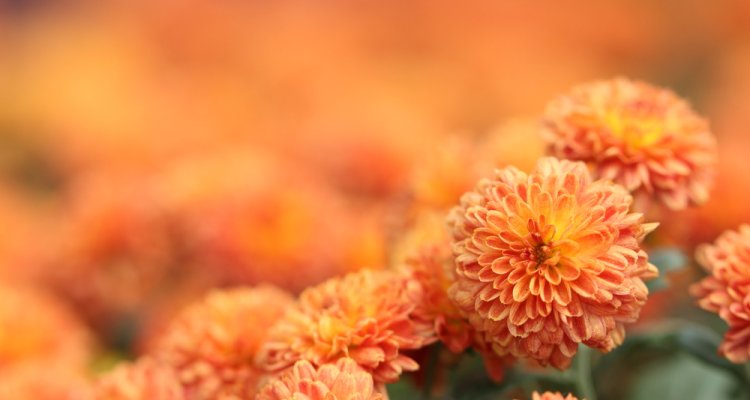
PhD defence
To Bloom or not to Bloom: The effect of photoperiod is spectrum dependent
Summary
This research project focused on using light spectrum to control flowering in photoperiod-sensitive plants, specifically chrysanthemum. Chrysanthemum requires long nights to induce and develop flowers, and during winter at northern latitudes, low light levels limit crop quality and productivity. The study explored the use of artificial lighting, particularly dynamic LED lighting, to provide a higher daily light integral and enhance photosynthesis and plant growth without compromising flowering. The research aimed to answer specific questions related to flowering regulation and the role of light spectrum in chrysanthemum and other short-day plant species. The study found that extending short days with blue LED light resulted in flowering, and the spectral composition of the first 11 hours of the photoperiod influenced the flowering response. Far-red light during the day hindered flowering under blue-extended long days. Additionally, the research investigated the flowering response of various short-day plant species to dynamic LED lighting. The findings provided insights into the molecular mechanisms underlying flowering and suggested possibilities for efficient year-round cultivation of chrysanthemum and other short-day plants in vertical farming systems using artificial lighting.